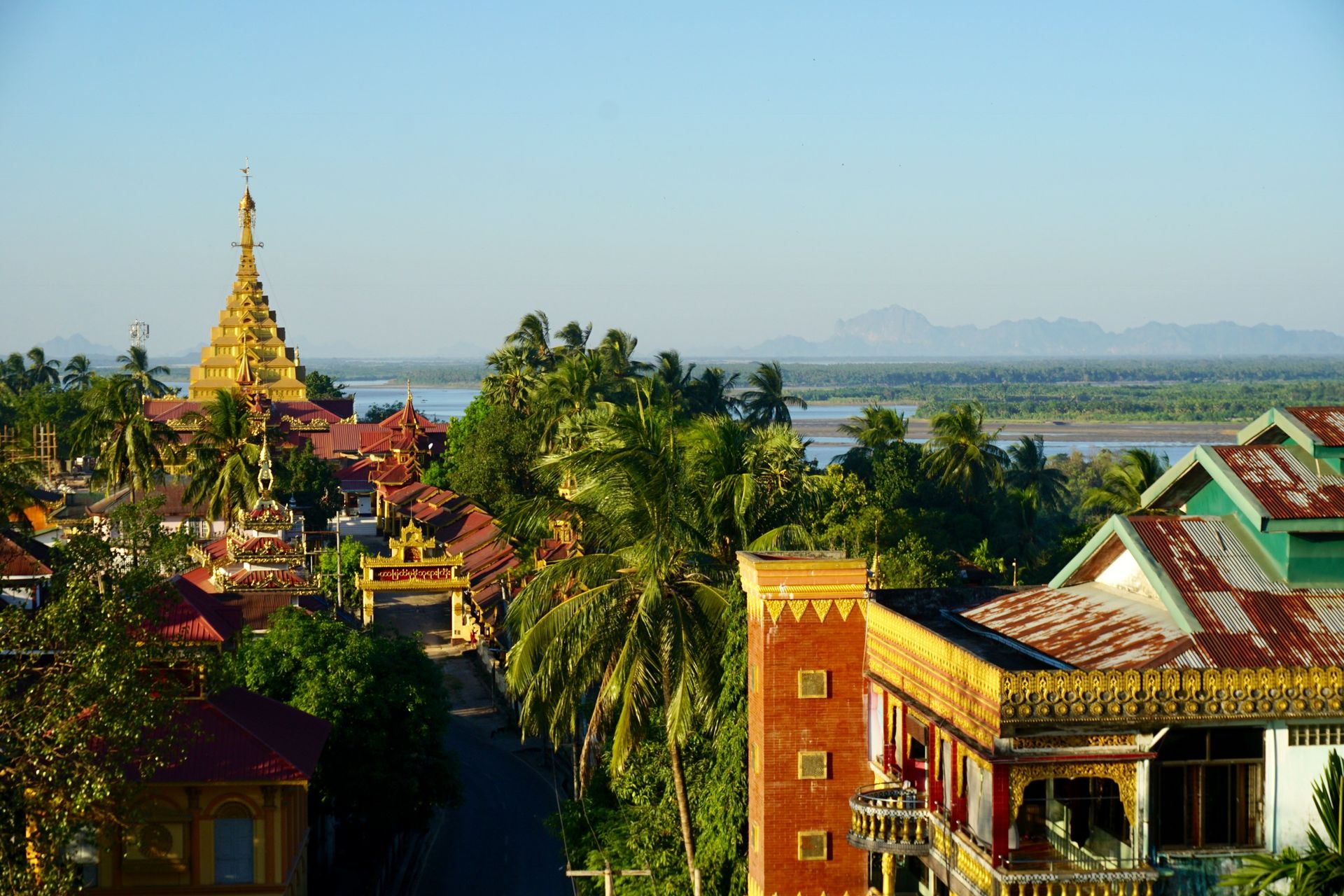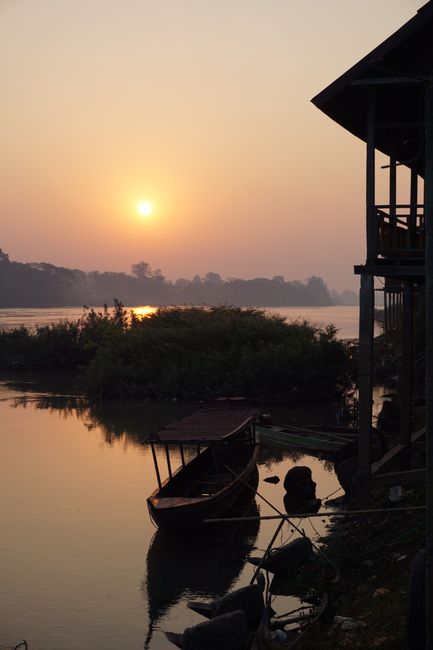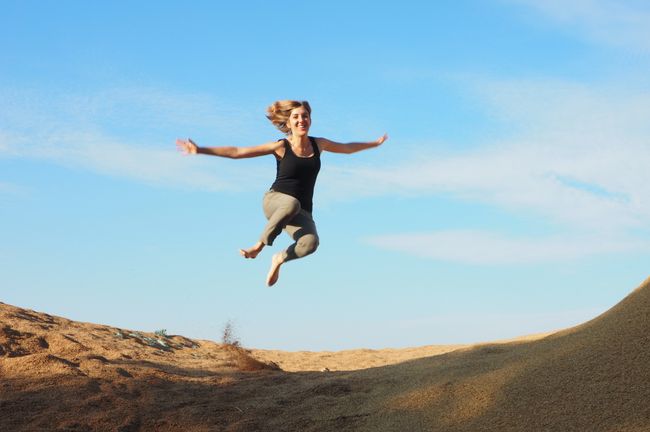
Navina im Dschungel
vakantio.de/navina-im-dschungel
Tag 135: 4000 islands in the Mekong and a tourist hotspot
Uñt’ayata: 13.02.2019
Yatiyäw qillqatar qillqt’asipxam
About crossing the border in Eastern Thailand, we travelled to Laos. Our first thought was: Back to Myanmar! So many things reminded us of this country, because in Laos too, the streets seemed dustier than in Thailand and what you need to live was more reduced. The public buses were adventurous vehicles that transported their cargo on the roof.
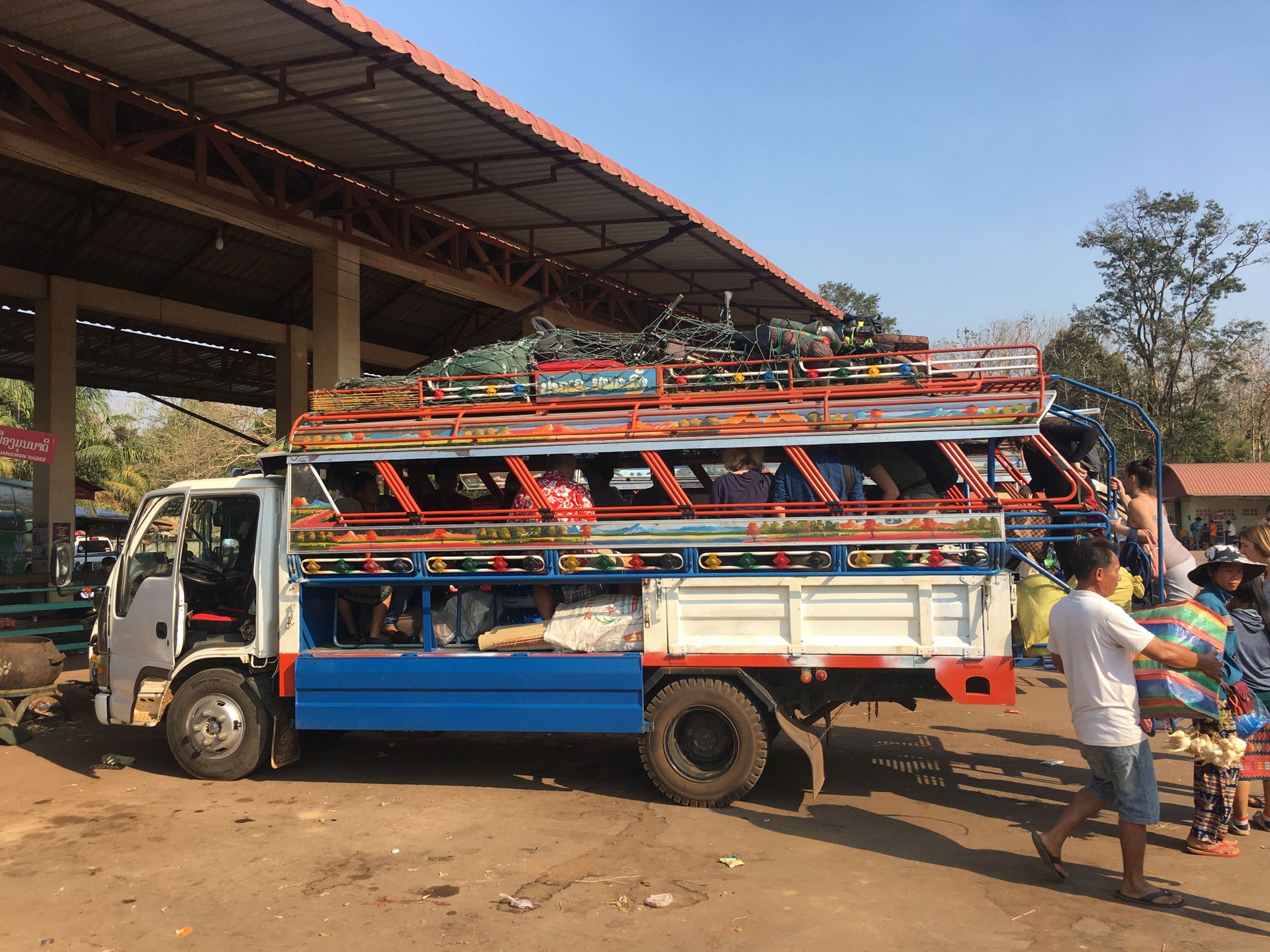
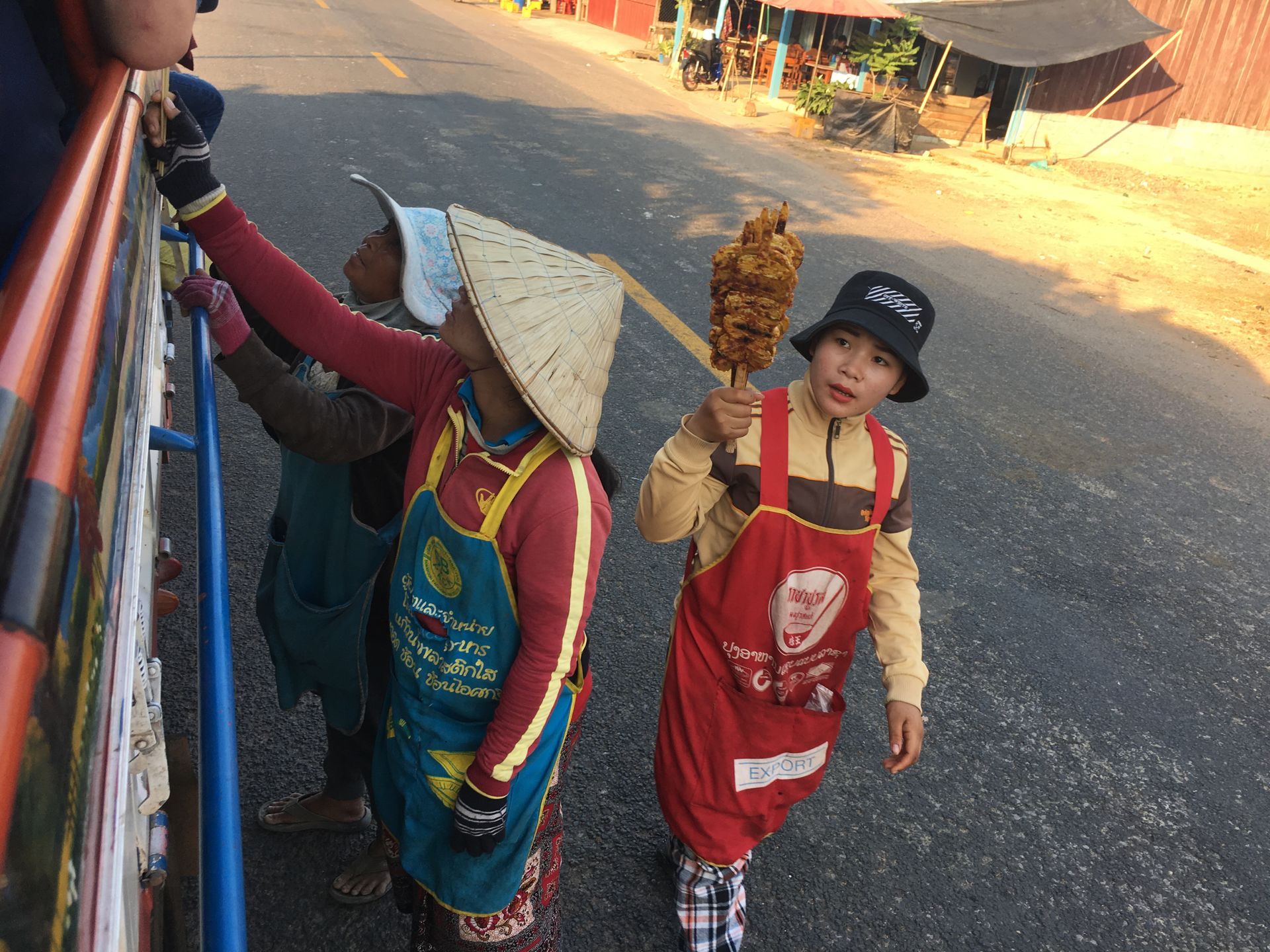
Rice sacks and containers of fish were piled up between the seats, a rooster was pushed under a seat and pecked Silke on the foot during the ride. We bumped through the dry landscape for four hours and were soon engulfed in hot air and dust. Our destination was Don Det, one of the 4000 islands located in the far south of Laos in the sprawling Mekong River. But by the time we arrived there, it was already dark and the boatman navigated the boat through the black Mekong with his flashlight.
Don Det was like Bullerbü in Asia.
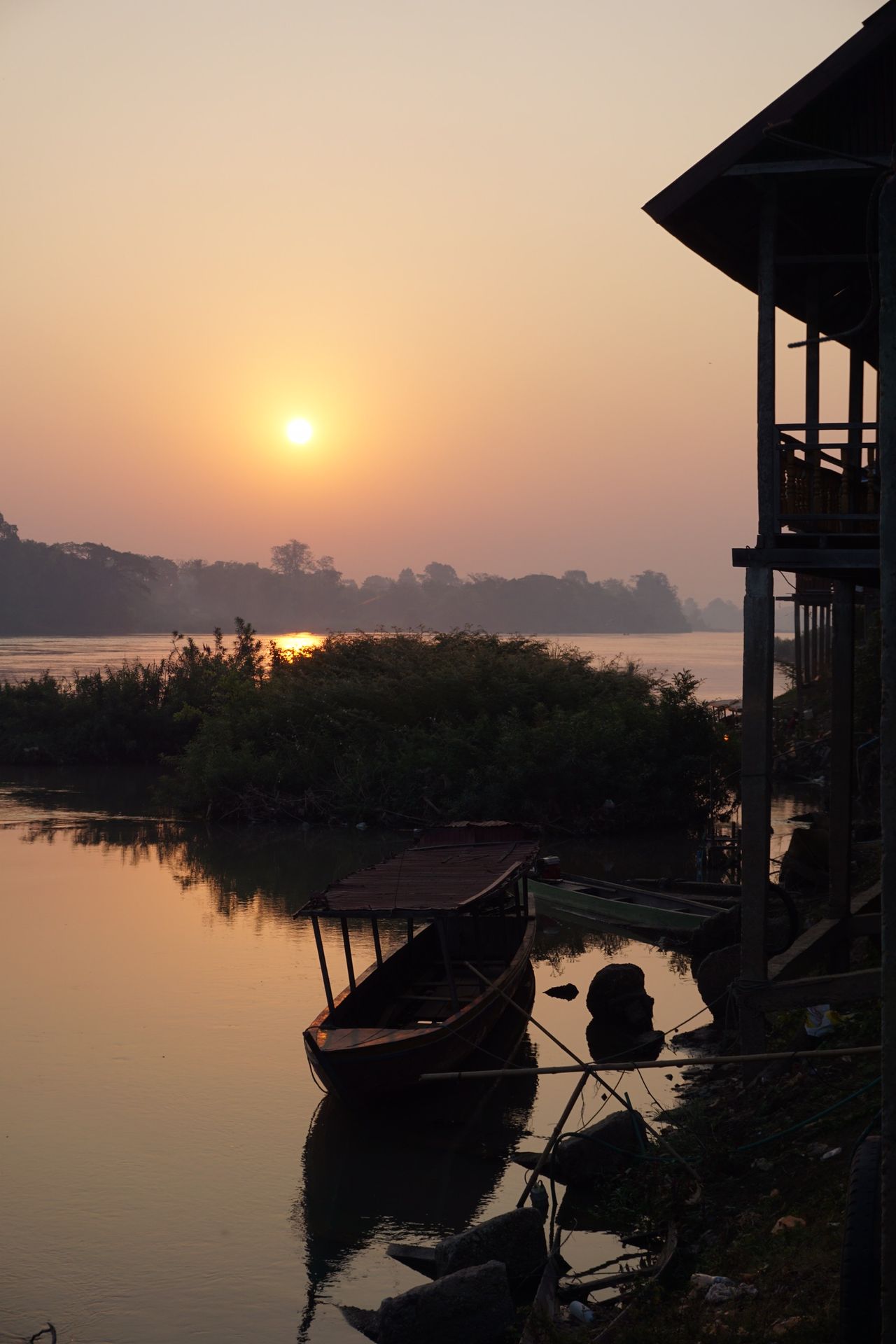
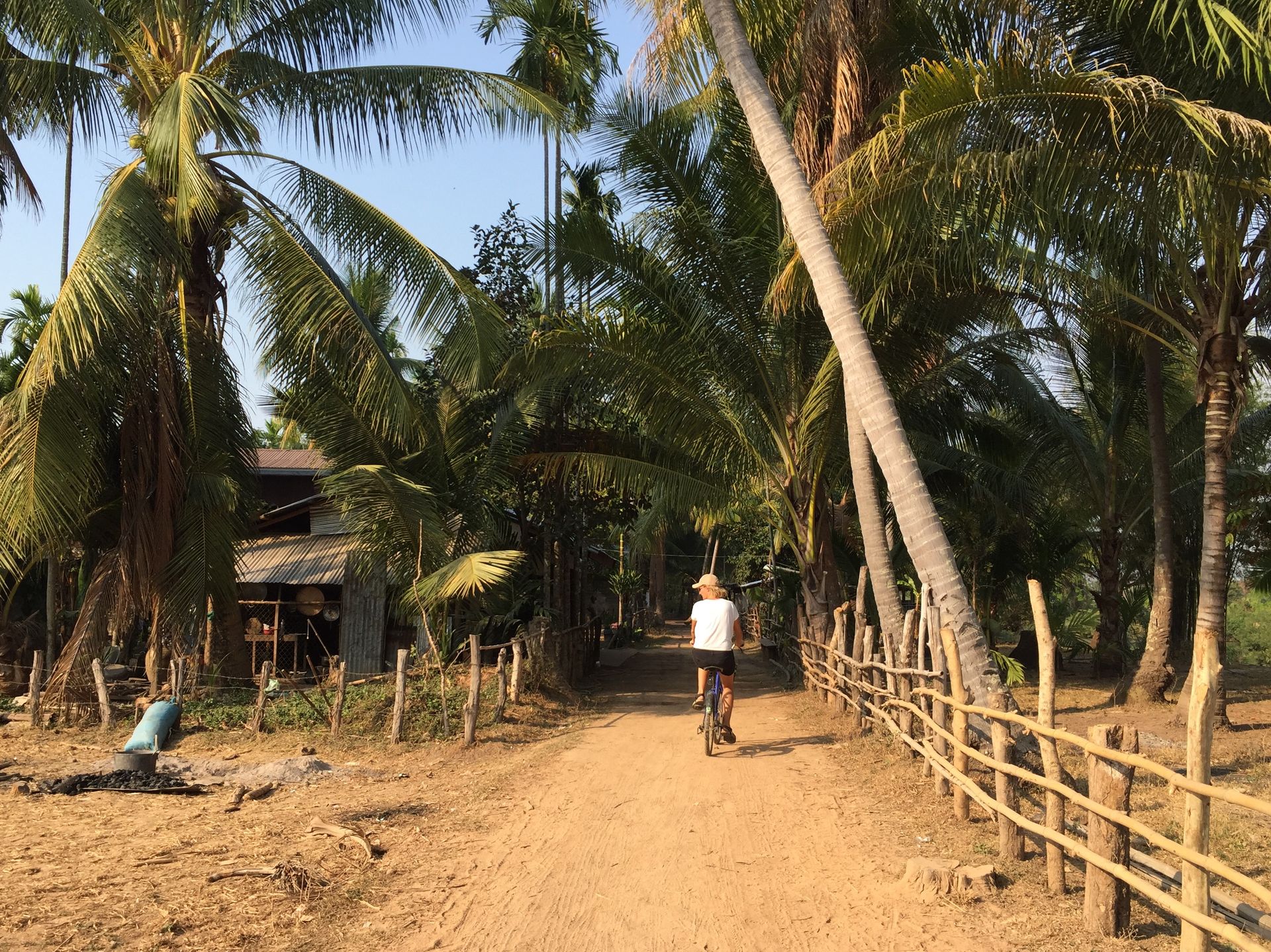
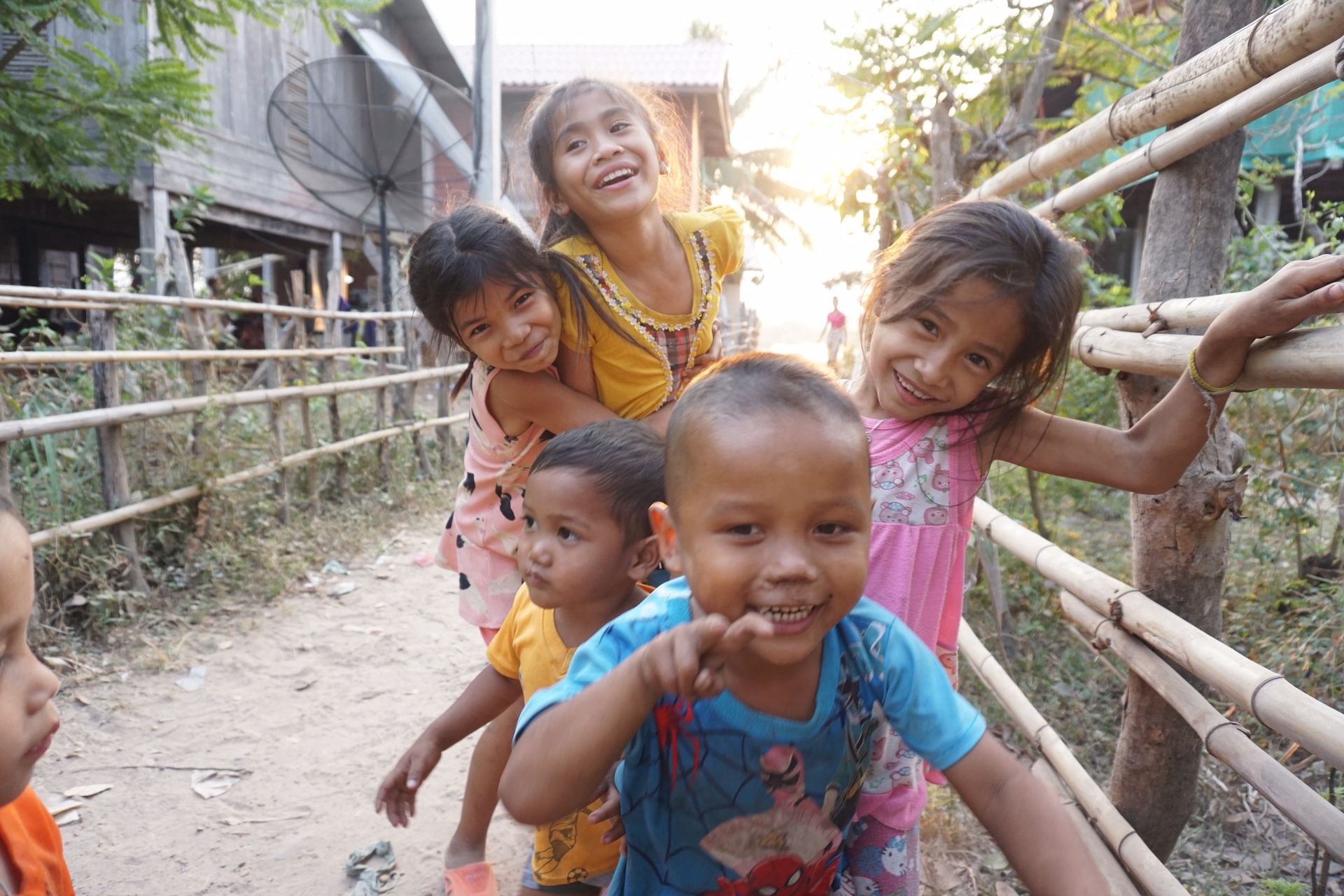
Shaky wooden huts stood by the river and water buffaloes grazed on the banks. Chicks hopped around in groups wherever the view fell to the ground. Small dogs and cats romped along the path and large herds of cows grazed on the already dry fields. Don Det is a real animal kindergarten.
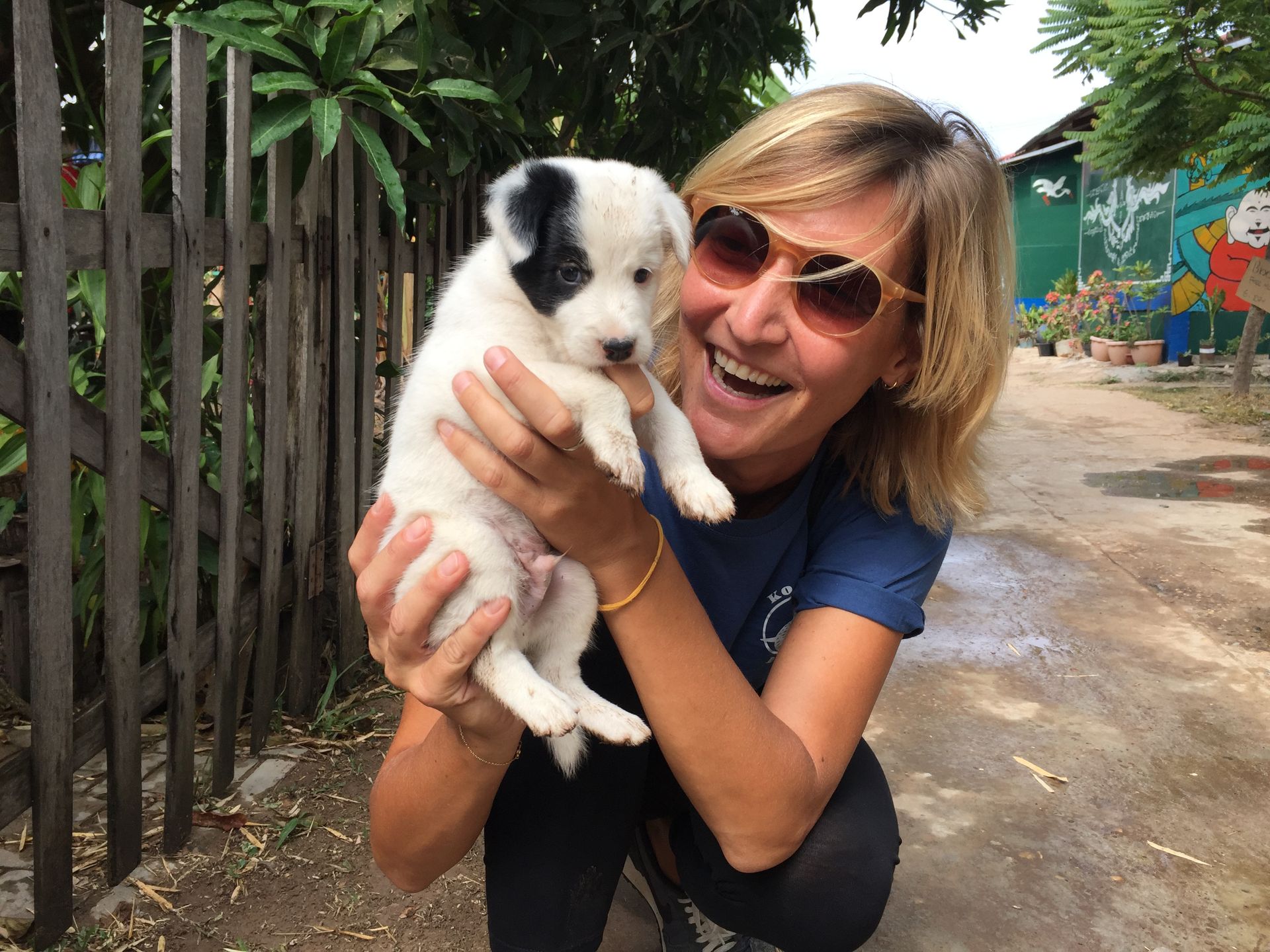
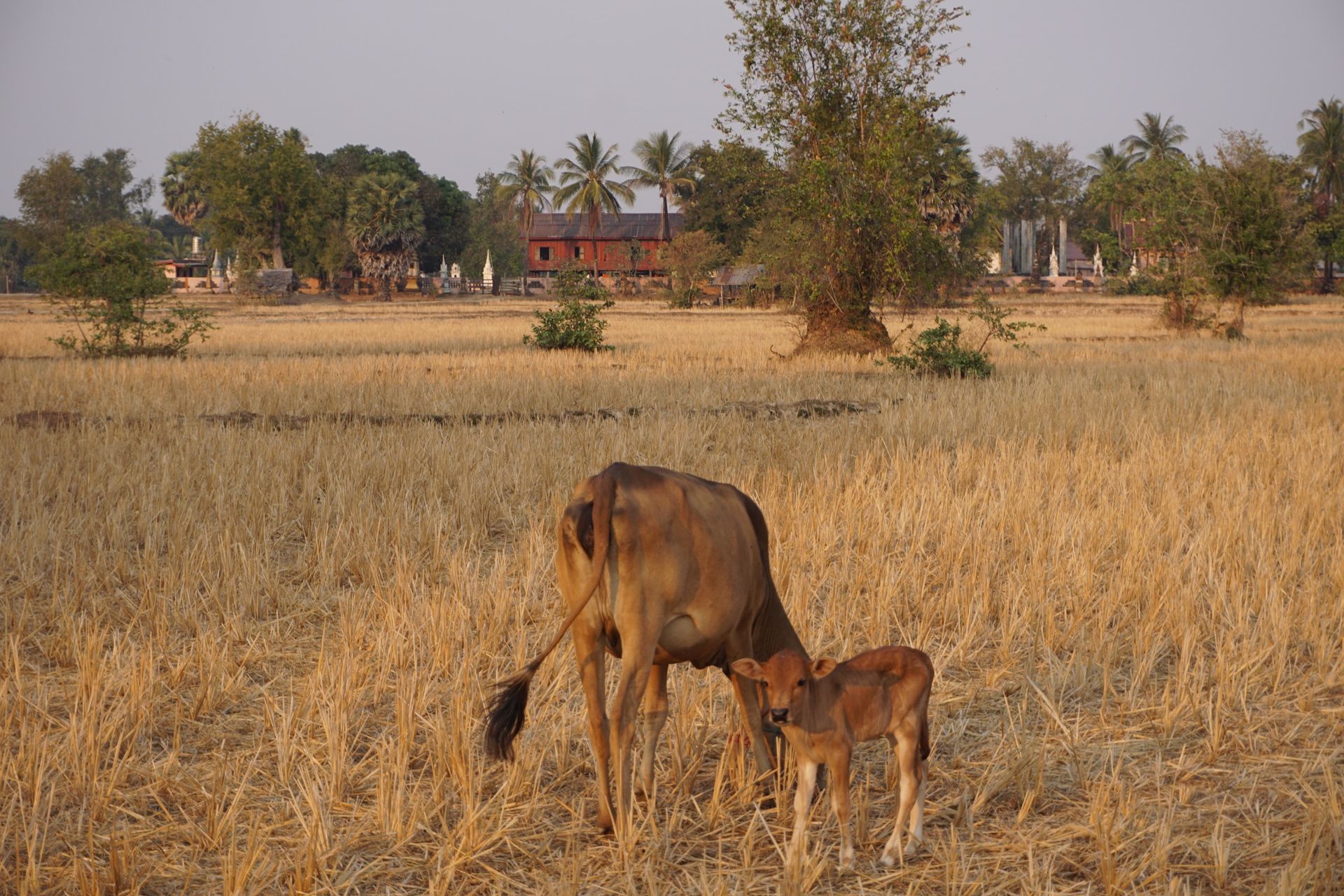
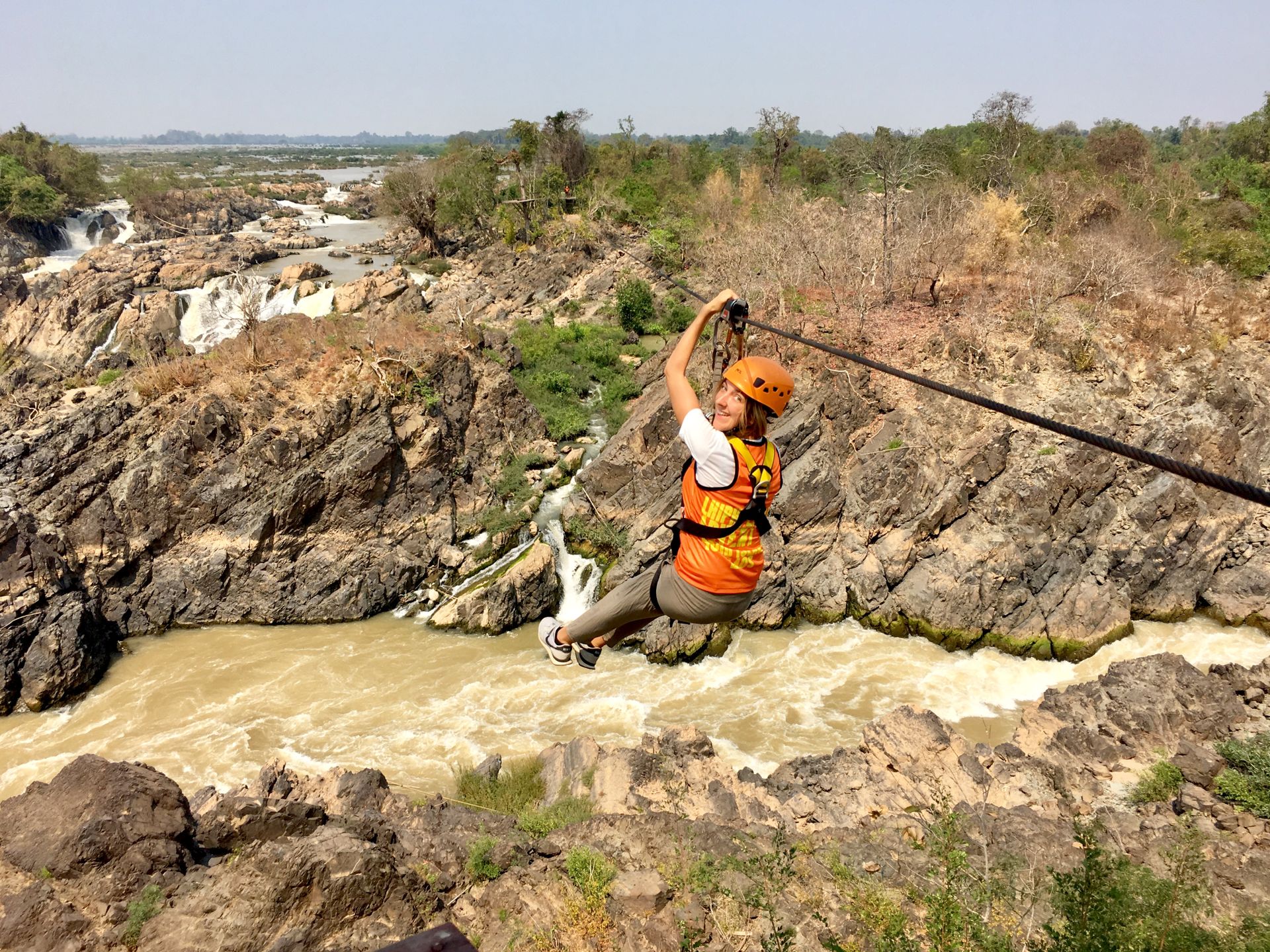
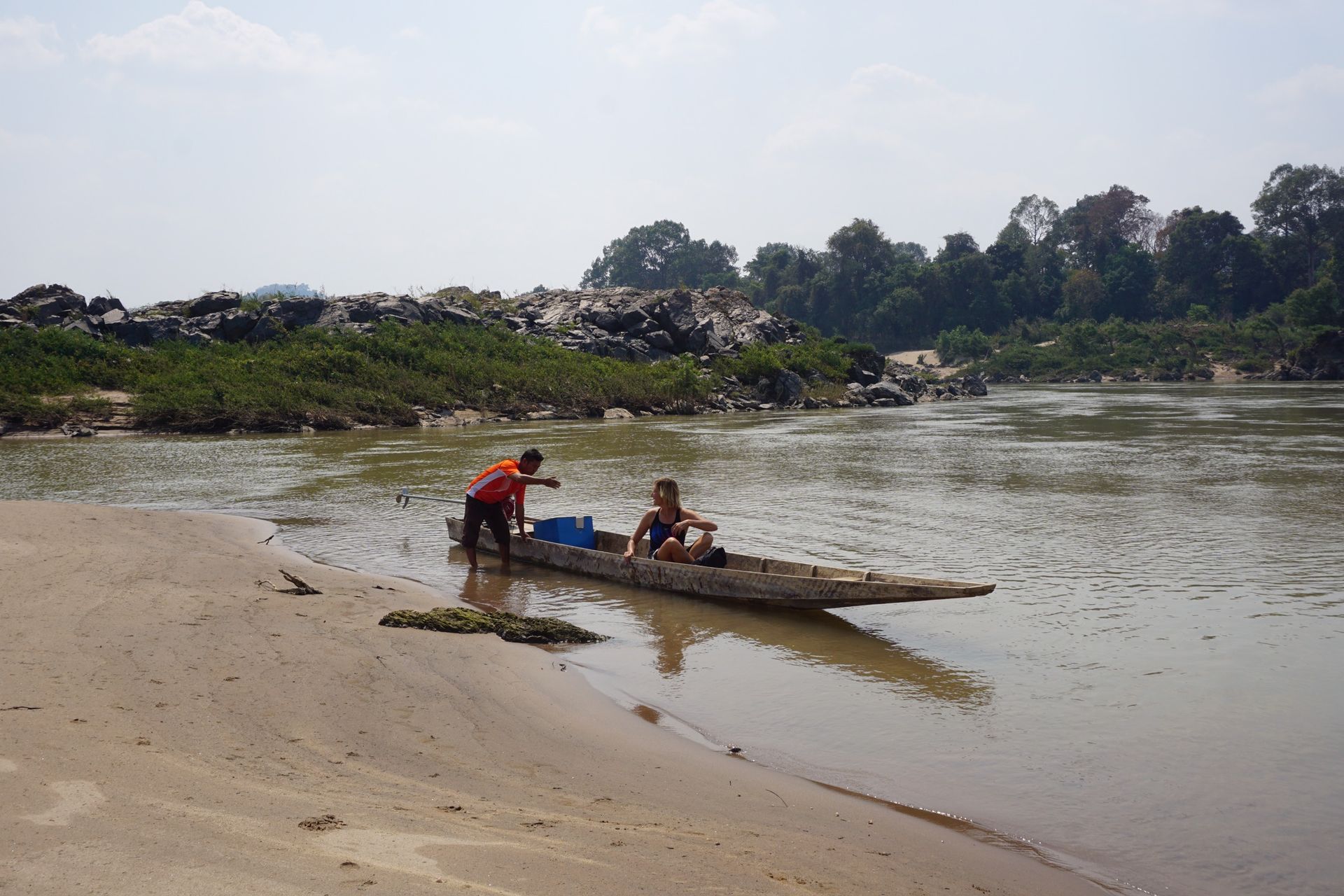
Luang Prabang was our next stop and the opposite of Don Det. This city is a UNESCO World Heritage Site because of its beautiful old town, but this designation has also made it a tourist magnet. At the time we were there, crowds of Thais and Chinese extended families were celebrating the Chinese New Year in the city. Their flashy SUVs were parked in front of the old houses, but even otherwise, the city was a bit too polished for my taste. The charm that Luang Prabang must have had at some point had somehow disappeared. However, the surroundings are very authentic and beautiful.
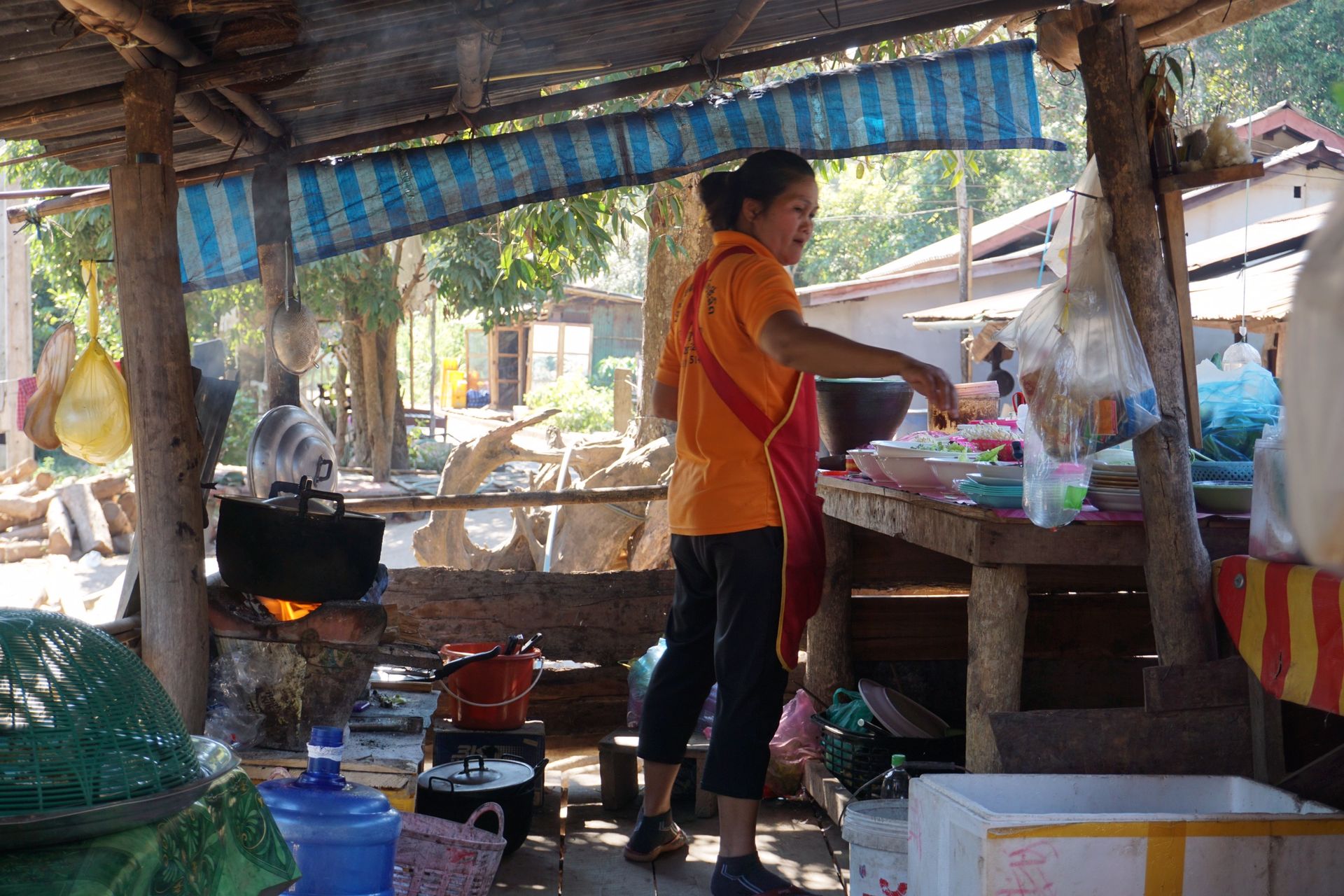
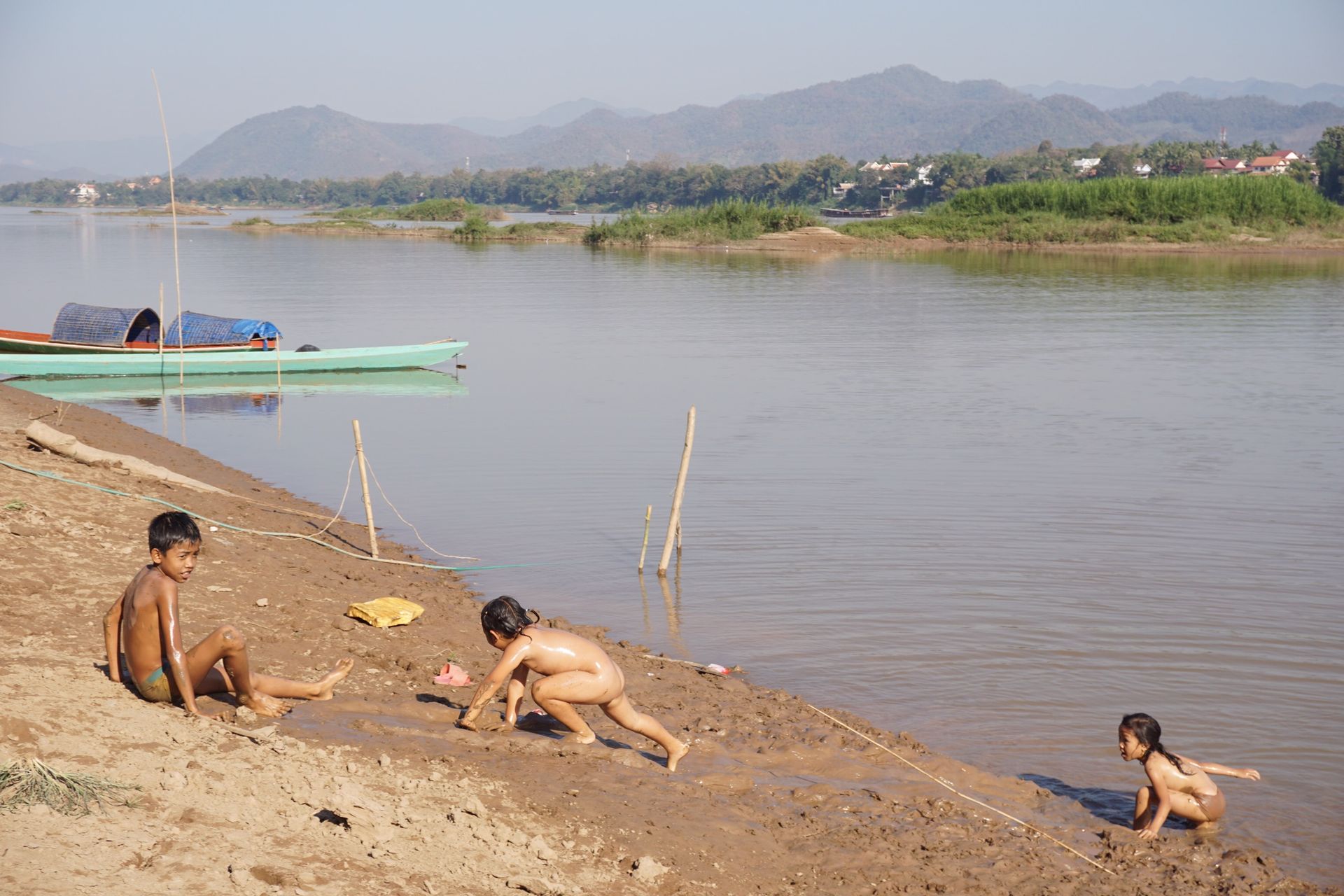

In Luang Prabang, we also met Robert and Bene, two old traveling friends, with whom we now traveled together.
During the day, the four of us walked across a bamboo bridge that connects Luang Prabang to the surrounding weaving villages. This bridge is built every year at the beginning of the dry season and dismantled again at the beginning of the rainy season, when the Mekong carries a lot of water and would wash away the bridge. The bamboo, cut into thin strips, looked very fragile in some places. The beautiful crunching sound of bamboo on bamboo accompanied us until we safely arrived on the other side. The Asian, always very improvised style of construction and stacking always works, even if at the beginning you have no confidence in the adventurous structures.
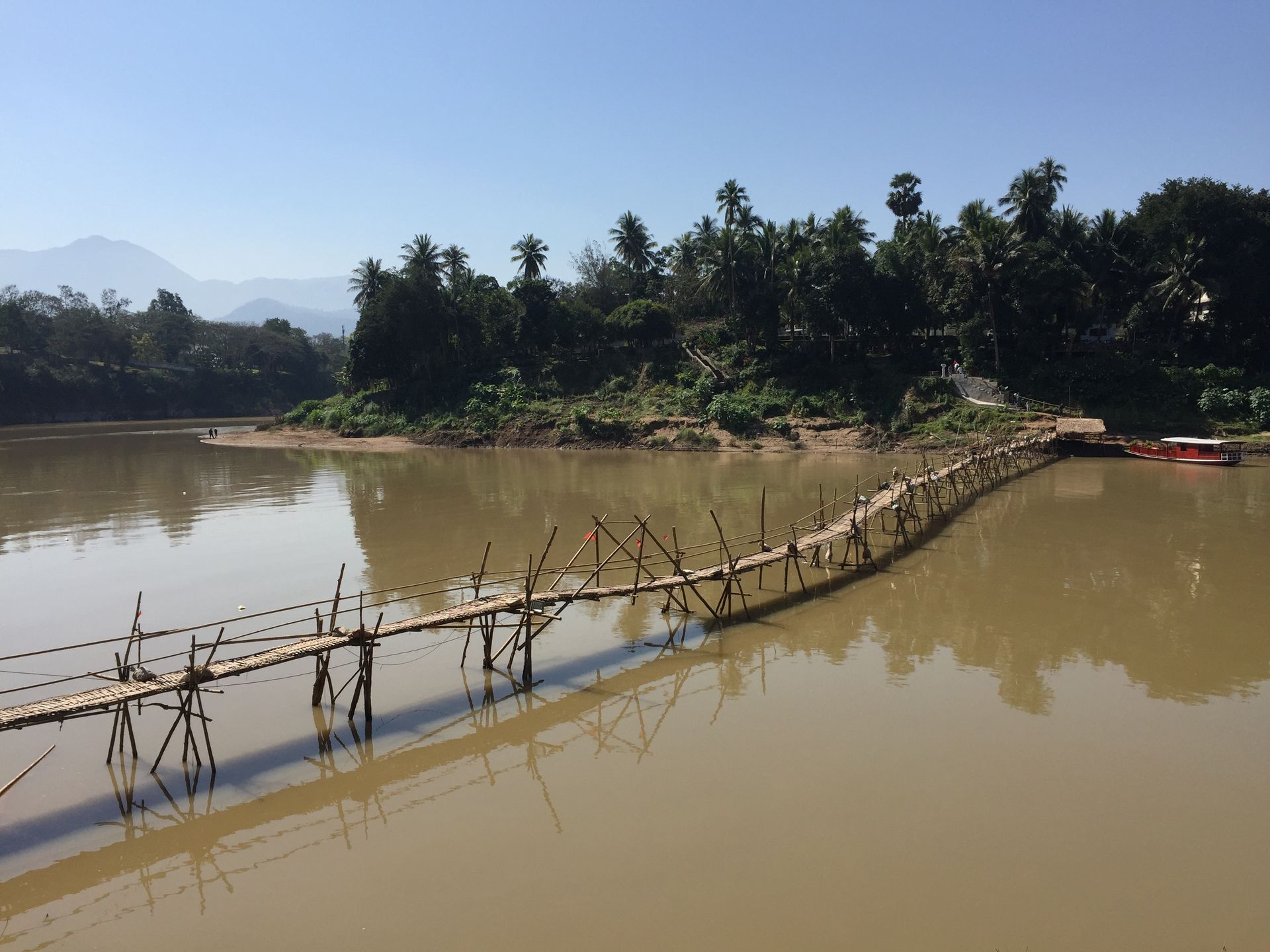
In the evenings, the tourist masses in the city would move from the barbecue restaurant on the Mekong to the night market, where you can buy handwoven scarves.
Something special, albeit particularly shocking, is the vegetable and meat market in the city. At the market of cruelties, I saw bundles of live bats, chopped buffalo legs with hair and hooves, skinned buffalo skins, live frogs tied together by the legs, grilled rats on skewers, and goose heads on the grill. Because it shook me so much inside, I didn't photograph all that (except for the goose heads). The vegetables were more relaxing.
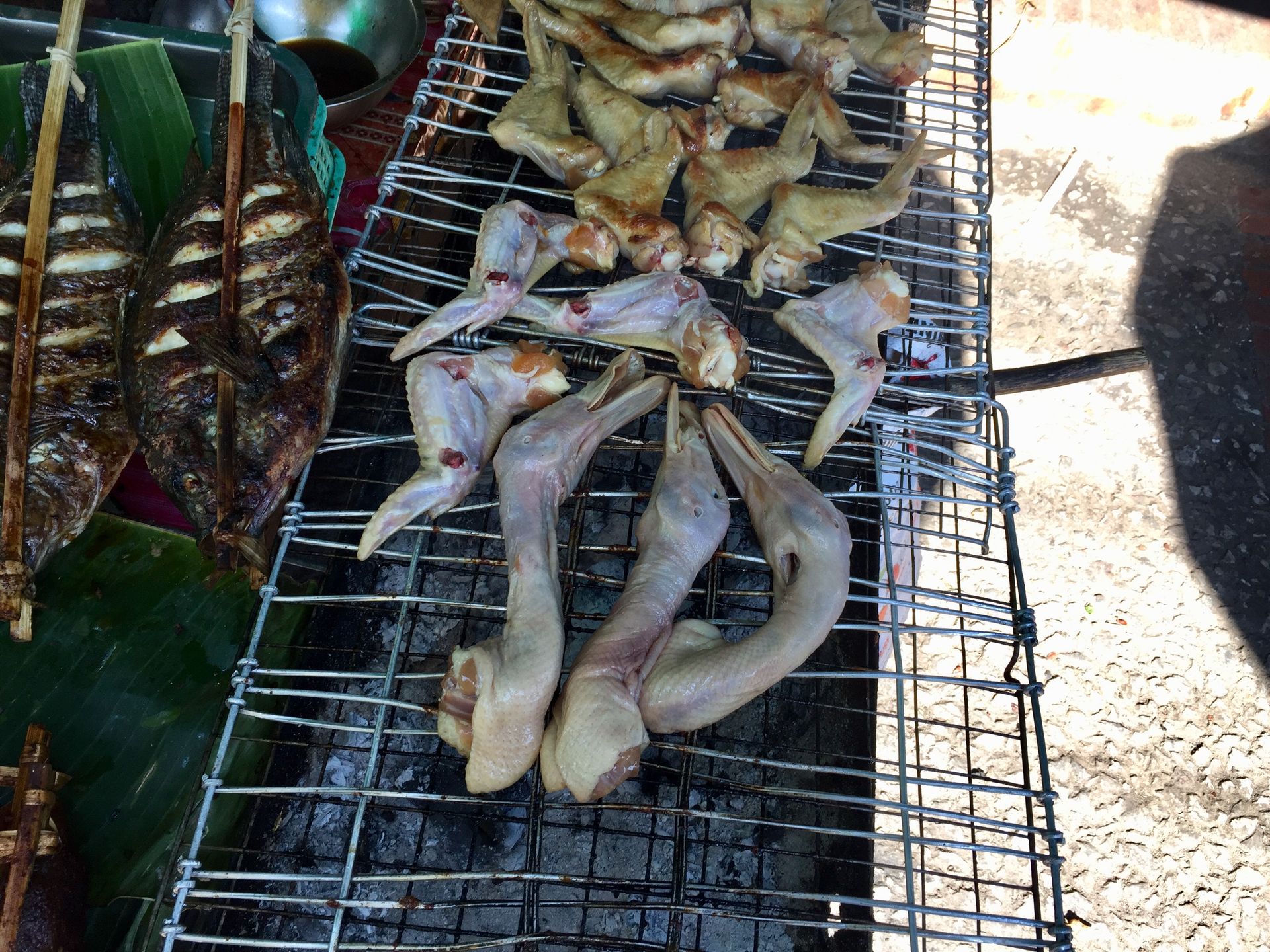
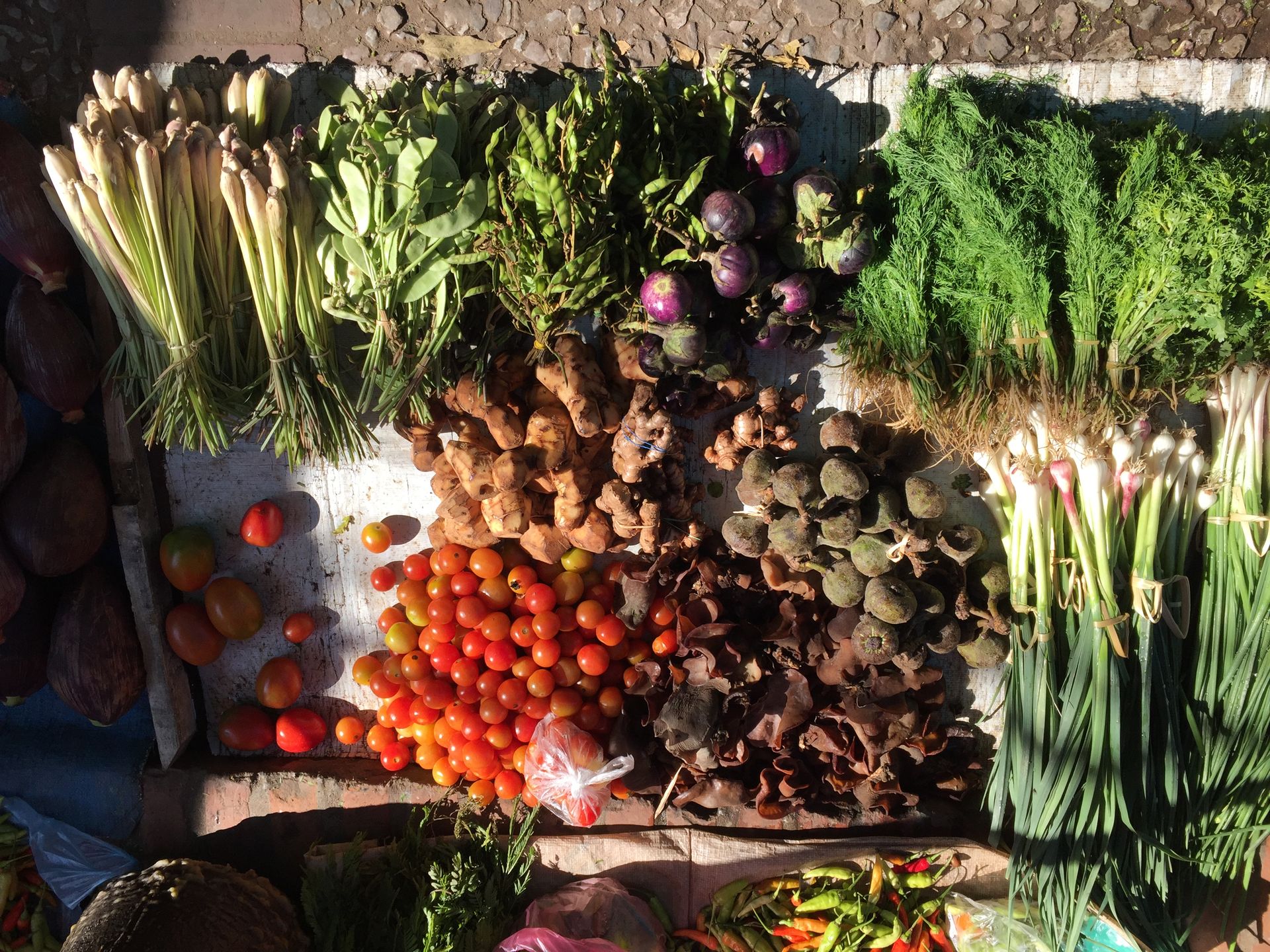
Yatiyäw qillqatar qillqt’asipxam
Jaysawi
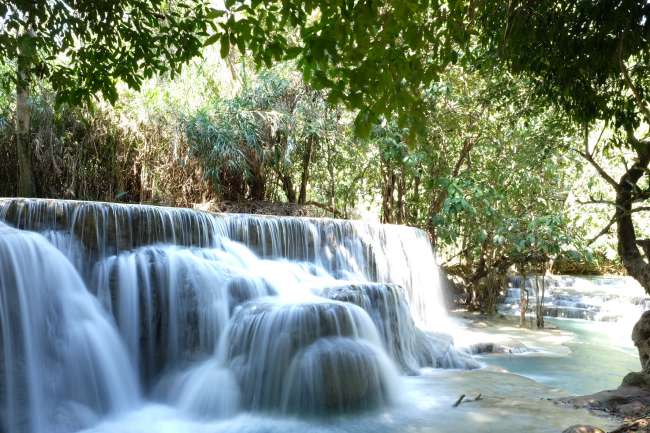
Viajes ukan yatiyawinakapa Laos markanxa
